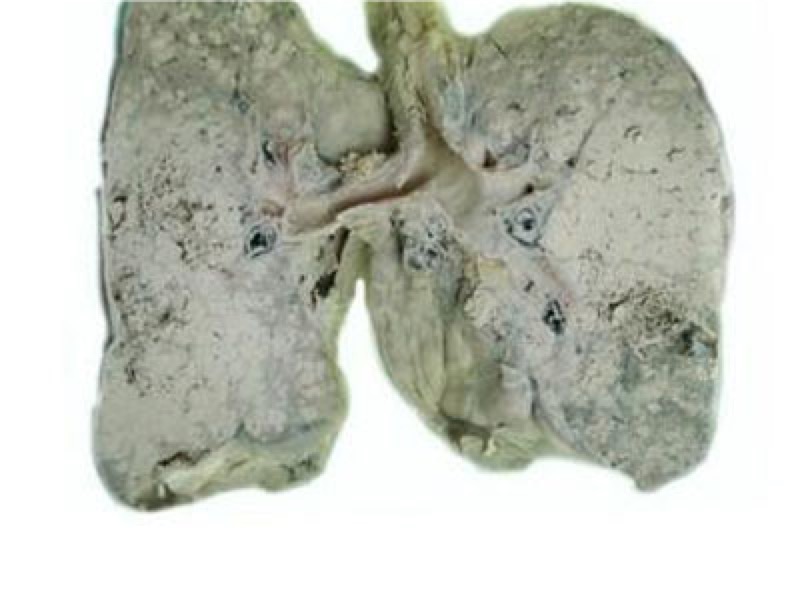The difference between adenocarcinoma and small cell carcinoma
What is the difference between adenocarcinoma and small cell carcinoma? There is a big difference between people, and the disease is also conflated. Even if different people have the same disease, treatment methods are possible There are differences. Many people in life are unclear what is adenocarcinoma and what is small cell cancer. Next, let''s take a look at the difference between adenocarcinoma and small cell cancer?
< img src="/public/uploads/2018/07/20/o4YBAFtRus2ADEL6AAEFpnoV4Nw55.jpeg"/>
I. Adenocarcinoma
Adenocarcinoma is a type of lung cancer, and its occurrence is least related to smoking, accounting for 40% of primary lung tumors. Often located in the periphery of the lungs, it also involves the pleura and forms associated scarring and pleural effusions. The theory that peripheral adenocarcinoma occurs in the scar area associated with tuberculosis or infarction or other damage has been around for a long time. The concept of scar cancer suggests that the precancerous lesion epithelium changes in the scar area to cause cancer. However, some researchers have suggested that scars are secondary to cancer.
Adenocarcinoma is a malignant tumor of glandular epithelium, which can have acinar, nipple, bronchioloalveolar or solid growth. It is often accompanied by mucus production, which requires special staining to detect mucus, especially in poorly differentiated tumors. The detection of mucus can sometimes identify solid adenocarcinoma and other large cell carcinomas with the same morphological appearance.
The appearance of glandular cancer depends on the location of the tumor. Adenocarcinoma often shows stubborn, irritating choking, blood spots or a small amount of blood on the sputum, chest irritation or chest tightness, etc. If the tumor is large, compression symptoms can occur, ipsilateral diaphragm paralysis (compression of the phrenic nerve), pleural dyspnea (invasion of the pleura), swelling of the head and face, venous venous expansion (compression of the superior vena cava), limb numbness, facial sweatlessness, edema, eyelids Sagging (brachial plexus nerve compression).
Second, small cell carcinoma
small cell carcinoma is divided into many types according to clinical phenotype. Small cell carcinoma is one of the categories and is a type of lung cancer. A type with a higher degree of malignancy, rapid growth and early transfer, most of the survival period does not exceed 1 year, poor surgical resection but extremely sensitive to radiotherapy. Less cytoplasm under the microscope, like a naked nucleus.
Clinical non-small cell carcinomas may include phosphorous cell carcinoma, adenocarcinoma, phosphorous adenocarcinoma, and large cell carcinoma and sarcomatoid carcinoma, each with different microscopic characteristics and also showing different prognosis. effect.
Related Articles

- Early symptoms of lung cancer
- 2020-12-17

- Early Signs of Bladder Cancer
- What are the early symptoms of bladder cancer?
- 2020-12-17

- Is metastatic carcinoma easy to metastasize
- Once the cancer has metastasized, it will be very difficult to cure, because many people have lost their lives because of the emergence of cancer, so most people think that cancer is an un
- 2020-08-02

- What does microinfiltrating adenocarcinoma mean?
- Microinfiltrating adenocarcinoma is a type of lung cancer. The reason why it is called microinfiltration means that there is less infiltration around it, which means that it is in the early
- 2020-08-01

- How long can non-small cell adenocarcinoma live
- Adenocarcinoma is one of the most common malignant tumors in the world. Non-small cell adenocarcinoma accounts for about 80% of all adenocarcinomas. About 75% of patients are in the middle
- 2020-08-01

- Hand cancer
- Finger cancer generally refers to the appearance of skin cancer, which is characterized by local cauliflower-like skin and easy bleeding. Finger skin cancer is mostly a malignant tumor that
- 2020-08-01
